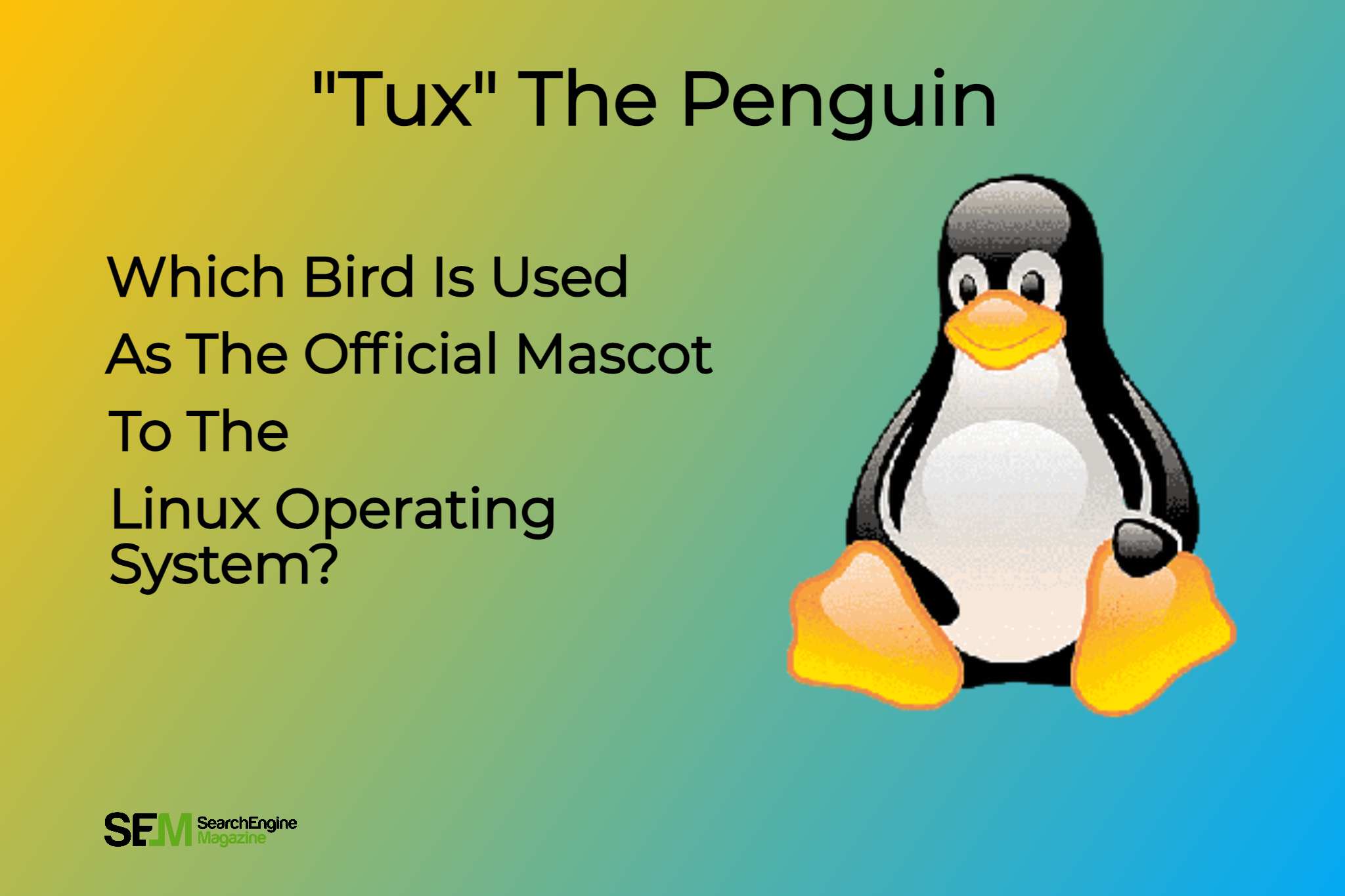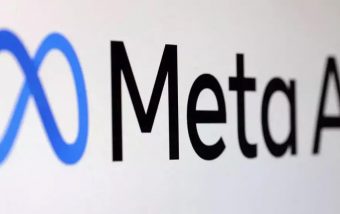Ahrefs Vs Semrush: Which Is The Better SEO Tool In 2025?
Apr 08, 2025

Apr 08, 2025

Mar 29, 2025

Mar 29, 2025

Mar 29, 2025

Mar 29, 2025

Mar 29, 2025

Mar 27, 2025

Mar 27, 2025
Sorry, but nothing matched your search "". Please try again with some different keywords.


Do you know which bird is used as the official mascot to the Linux operating system? You might not know that the answer is a Penguin.
Yes, you heard it correctly. The official logo or brand mascot of Linux is a penguin. The mascot even has the name “Tux.” Let us know something more about the Linux mascot history.
A mascot is an iconic symbol associated with a definite brand or business. A mascot or a logo carries the brand value and creates an image of the brand.
A mascot can be either an animal, object, human, or even an imaginary character as well. A logo or mascot can represent a brand, community, place, team, etc.
A logo or a mascot is not just an image. It has a much deeper value. A brand mascot portrays the character of the brand, its vision, aim, story, and even more.
To come up with a good mascot for your brand is a necessary part of the branding techniques for any business. It produces a lot of impacts on your brand.
As for the topic, Linux has used a penguin named “Tux” as their official mascot. Let us dig into a little more to find out what this penguin mascot actually wants to tell us about Linux.
The Linux mascot history is a long story to be told. You might be eager to know how a penguin became the official mascot of Linux? Let’s dig into it.
“Tux” is the character name of a penguin, and it is the official mascot of Linux. Although this symbol has gone through several depictions, it has been commonly used in different Linux programs and is the basic symbol of Linux.
The concept of a penguin to be the Linux logo first came from Linus Torvalds, the inventor of Linux. The first discussion was started in 1669 to create an official Linux mascot. Several ideas and suggestions were made, but none of them actually fitted well.
The creator of Linux, Linus Torvalds, proposed the idea of making a penguin mascot for Linux. He stated that he was fond of penguins and shared a story of getting bitten by a penguin during his stays in Australia.
The iconic mascot was created in the year 1996 by Larry Ewing and was finally chosen as the official Linux logo through competitions. The name “Tux” was given by James Hughes.
Now, as you know, the name of the penguin is “Tux.” You might think, what could be the reason behind creating this name? Does this name have any deeper meaning?
Well, there are different explanations for that. James Hughes, the creator of this, name stated that it is a shorter form of Torvalds Valdes Unix. On the other hand, many people claim that the reason is different. A penguin, in general, looks like to be dressed in Tuxedo. So “Tux” refers to the shorter form of “Tuxedo.”
As it was earlier meant, every brand mascot carries a specific meaning associated with the brand. The same applies to this as well. There are reasons behind choosing a penguin as the official mascot of Linux. Let us find out why.
FAQ:
What Is The Linux Animal?
Tux is a penguin and representing the official brand character of the Linux Kernel. This logo is created as an entry to the Linus logo competition. After the competition, this logo is using for Linux and different Linux distributions.
So, if you had the question, which bird is used as the official mascot to the Linux operating system? “Tux,” the penguin, is the answer.
Read Also –
Mashum Mollah is the feature writer of SEM and an SEO Analyst at iDream Agency. Over the last 3 years, He has successfully developed and implemented online marketing, SEO, and conversion campaigns for 50+ businesses of all sizes. He is the co-founder of SMM.
View all Posts
Ahrefs Vs Semrush: Which Is The Better SEO To...
Apr 08, 2025
How Data-Driven Hiring Reduces Costs and Impr...
Mar 29, 2025
Why Headless CMS Works Well for EdTech Startu...
Mar 29, 2025
Building Topical Authority to Excel in Search...
Mar 29, 2025
The Impact of Professional Recruitment Servic...
Mar 29, 2025

